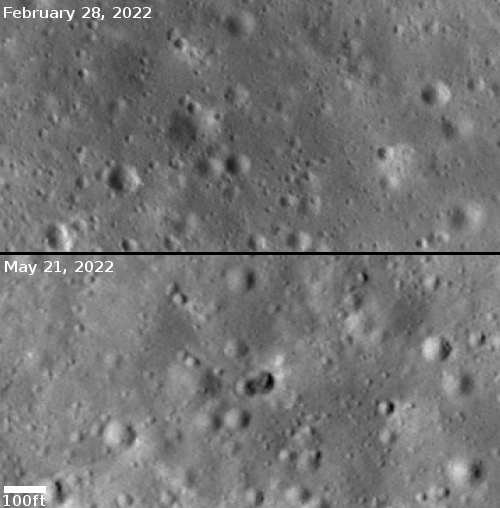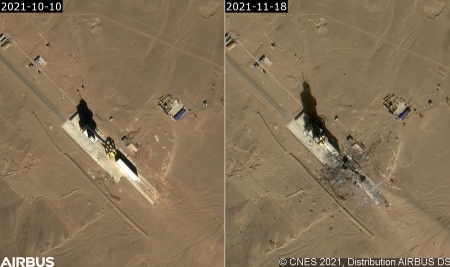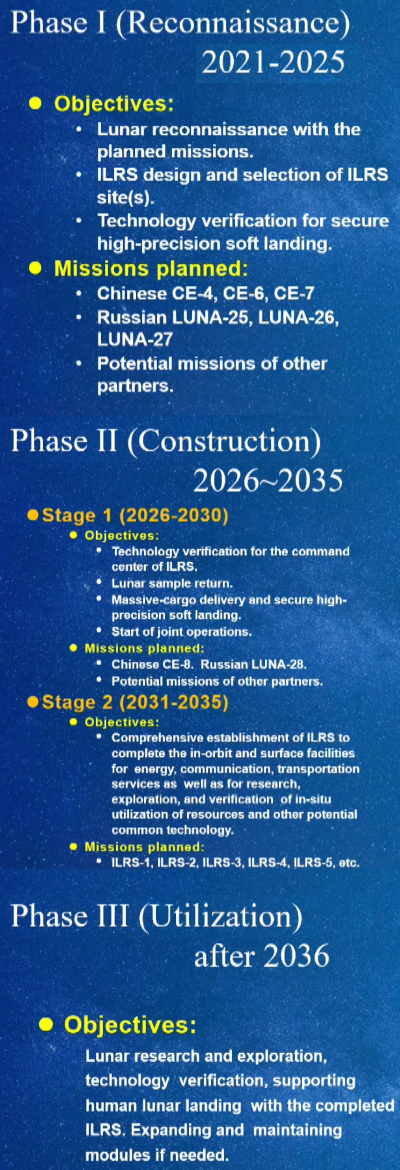Two launches this morning herald the upcoming busy launch schedule for the last few days of June.
First China launched from its Jiuquan interior spaceport an Earth observation satellite using its Long March 4C rocket. As is usual with China, the first stage crashed on land, though no details have been provided.
Next, Rocket Lab used its Electron rocket to send NASA’s CAPSTONE cubesat lunar probe on its way to the Moon. More information here.
CAPSTONE is currently in low-Earth orbit, and it will take the spacecraft about four months to reach its targeted lunar orbit.
…CAPSTONE is attached to Rocket Lab’s Lunar Photon, an interplanetary third stage that will send CAPSTONE on its way to deep space. Shortly after launch, Lunar Photon separated from Electron’s second stage. Over the next six days, Photon’s engine will periodically ignite to accelerate it beyond low-Earth orbit, where Photon will release the CubeSat on a ballistic lunar transfer trajectory to the Moon. CAPSTONE will then use its own propulsion and the Sun’s gravity to navigate the rest of the way to the Moon. The gravity-driven track will dramatically reduce the amount of fuel the CubeSat needs to get to the Moon.
Once at the Moon, the spacecraft will enter a polar orbit varying from 1000 to 43,500 miles from the surface, with its prime mission to test operations in that lunar orbit.
Not only did NASA hire a private company, Rocket Lab, to launch it, the agency also hired a private company, Terran Orbital, to build it.
The leaders in the 2022 launch race:
26 SpaceX
21 China
8 Russia
4 Rocket Lab
American private enterprise still leads China 36 to 21 in the national rankings, and the entire world combined 36 to 34.
For the rest of June, the American companies SpaceX, Virgin Orbit, and ULA all have planned launches, as well as India. If all succeed, that would put the total launches in the first half of ’22 at 74, a pace that would almost reach 150 launches by the end of the year, smashing the annual record set last year. The U.S.’s pace in turn is likely to exceed the number of launches it completed in all of ’22 in July, with the possibility it could complete 75-80 launches by the end of the year, exceeding the U.S. annual record of 70 set in 1966.




